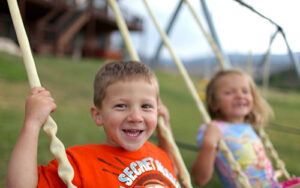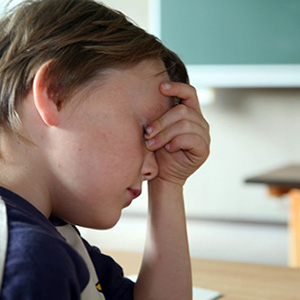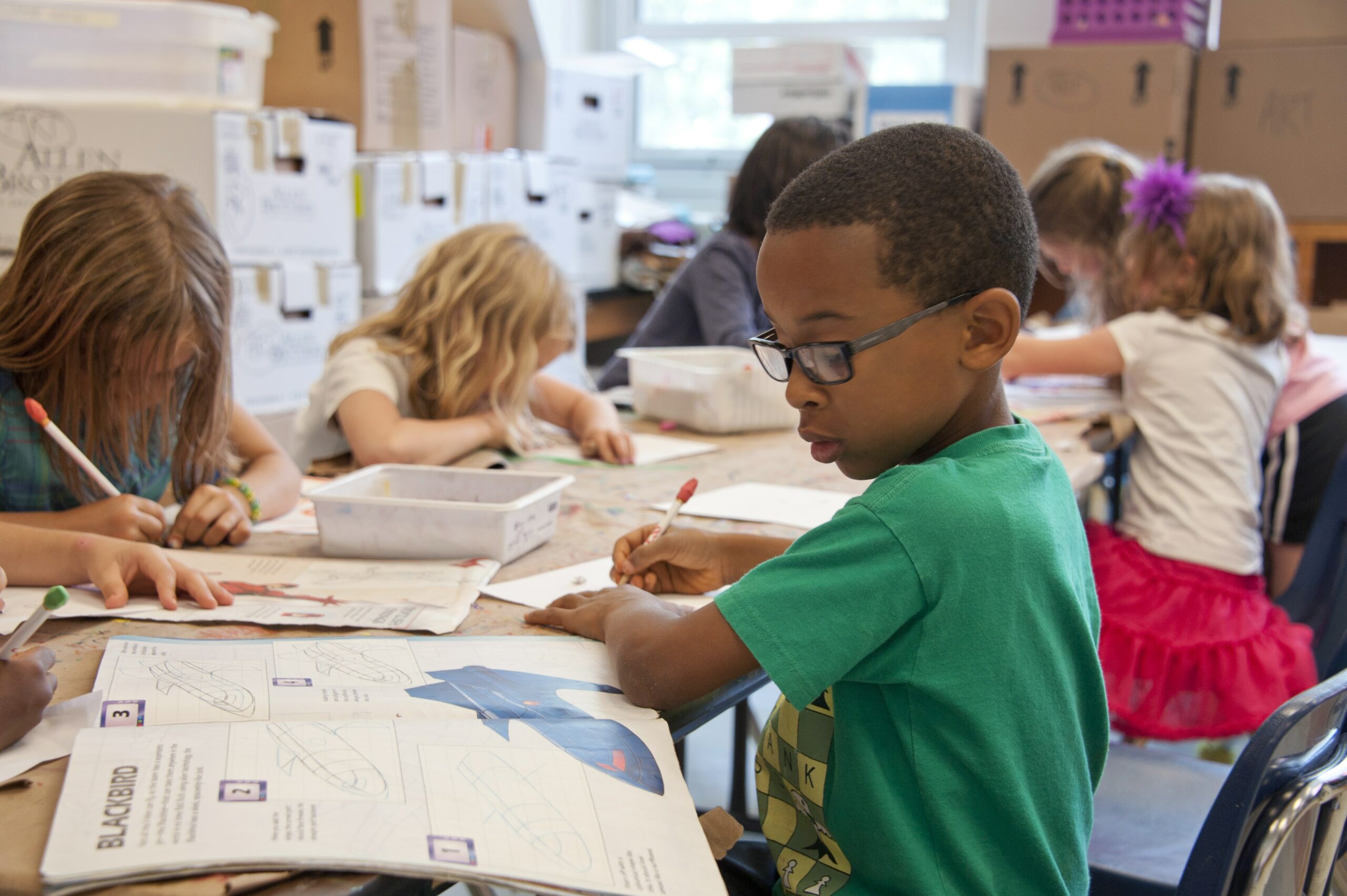
Blog
Teaching Gratitude and Kindness to Children
Gratitude is so simple, yet most people overlook it’s amazing benefits. Dr. David Hamilton, author of Why Kindness is Good for You, writes, “Gratitude is

Gratitude is so simple, yet most people overlook it’s amazing benefits. Dr. David Hamilton, author of Why Kindness is Good for You, writes, “Gratitude is

Gratitude is so simple, yet most people overlook its amazing benefits. Dr. David Hamilton, author of Why Kindness is Good for You, writes, “Gratitude is



The Imagine Project, Inc. is a 501c3 organization, we appreciate your continued support helping ki

Join our community to get the latest tips, exclusive offers, and updates straight to your inbox. Don’t miss out—subscribe now and be the first to know!